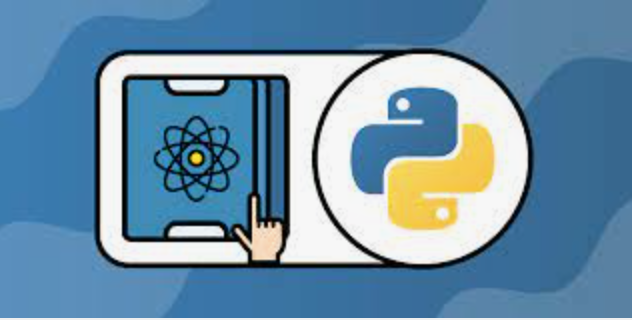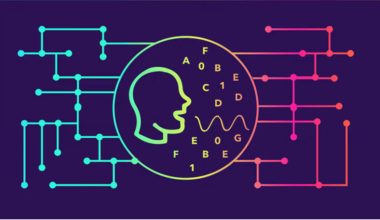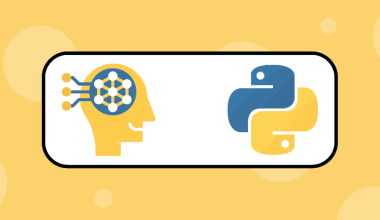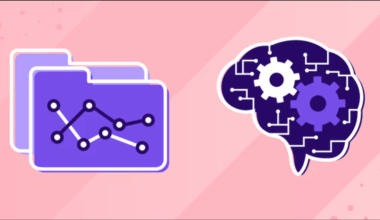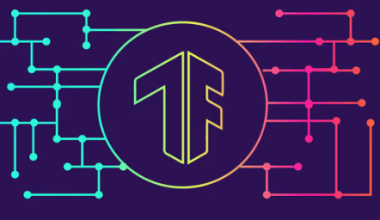With Hands-On Quantum Machine Learning with Python you will get a 40% discount on yearly plans and a 20% monthly discount oneducative.io. It is one of the popular courses from educative.io
Hands-On Quantum Machine Learning With Python is your comprehensive guide to get started with Quantum Machine Learning – the use of quantum computing for the computation of machine learning algorithms.
Hands-On Quantum Machine Learning with Python– Developer Discount
With the exclusive Holiday discount, you can get a 20% discount on two years of access to educative.io which includes all the existing and future courses. Two-year access is just $199 after the discount. Lockin this price before it expires.
Get an additional 20 discount on Handling Financial Services with Square API course
Coupon: Use code devops at checkout
Also, you can get a 10% discount on all educative courses using the exclusive discount.
Coupon: Use Code Educative10 at checkout
Here is what you will Learn from Hands-On Quantum Machine Learning with Python
1. Getting Started
- Introduction
- Quantum Machine Learning—Beyond The Hype
- Quantum Computing
- The Case for Quantum Machine Learning
- Quiz: Introduction to Quantum Machine Learning
2. Binary Classification
- Getting and Looking at the Dataset
- Data Preprocessing: Missing Values
- Data Preprocessing: Identifiers
- Data Preprocessing: Handling Text and Categorical Attributes
- Data Preprocessing: 4- Feature Scaling
3. Qubit and Quantum States
- The Qubit
- Exploring the Quantum States
- A Visual Exploration of the Qubit State
- Bypassing the Normalization
- Exploring the Observer Effect
4. Probabilistic Binary Classifier
- Towards Naïve Bayes
- Bayes’ Theorem
- Gaussian Naïve Bayes
- Quiz: Probabilistic Binary Classifier
5. Working with Qubits
- You Don’t Need to Be a Mathematician
- A Reimplementation of OR
- The Measured Qubit
- Quantumic Math
- When to Differentiate State |0> From State |1>
- Gamble with Quantum Computing
6. Working with Multiple Qubits
- Hands-On Introduction to Quantum Entanglement
- Implementing the CNOT gate
- The Equation Einstein Could Not Believe
- The Two Qubit States and Their Transformation
- Calculating the Transformation Matrix
7. Quantum Naïve Bayes
- More on Naïve Bayes
- Pre-Processing
- PQC
- Calculating the Posterior Probability
- Post-processing
8. Quantum Computing Is Different
- The No-Cloning Theorem
- How to Solve a Problem with Quantum Computing
- Depicting the Transformation O-gate
- Deutsch’s Algorithm
- The Quantum Oracle, Demystified
9. Quantum Bayesian Networks
- Introduction to Quantum Bayesian Networks
- Bayesian Networks
- Composing Quantum Computing Controls
- The CCNOT-gate
- Circuit Implementation
10. Bayesian Inference
- Introduction to Bayesian Inference
- Estimating a Single Data Point
- Calculating the log‐likelihood when ignoring the missing data
- Estimating a Variable
11. The World Is Not a Disk
- The Qubit Phase
- Two Different Qubit States
- The Different States in the Bloch Sphere
- Visualizing the Invisible Qubit Phase
12. Working with the Qubit Phase
- Using Grover’s Algorithm
- Basic Amplitude Amplification
- Two-qubit Amplification
- The Two‐qubit Grover Searching |10>
- Quiz: Working with the Qubit Phase
13. Search for Relatives
- The Convenience Function and Probabilities for Relatives
- Turning the Problem into a Circuit
- The Oracle and Amplifier Functions
- The Search Algorithm
- Multiple Results
14. Sampling
- Forward Sampling
- Bayesian Rejection Sampling
- Quantum Rejection Sampling
- The Amplifier Function
- Quiz: Sampling
16. APPENDIX
- Configuring Your Quantum Machine Learning Workstation
- Configuring Ubuntu for Quantum Machine Learning with Python
- How to Set Up JupyterLab for Quantum Computing on windows
